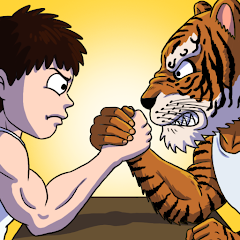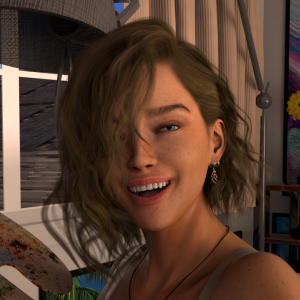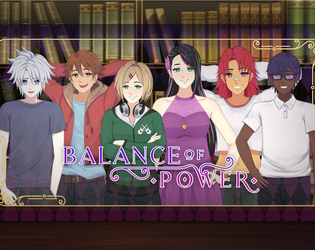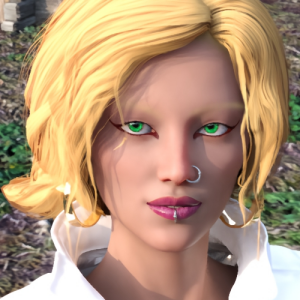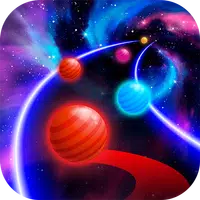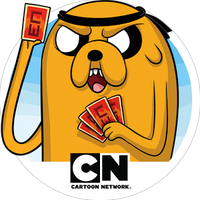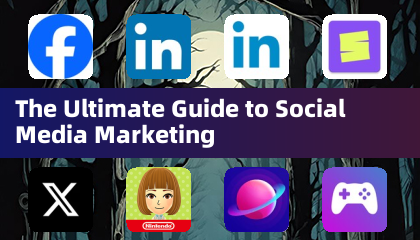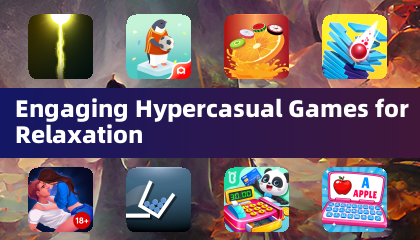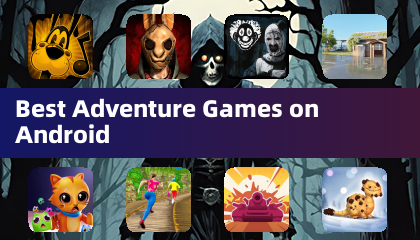Astro Bot fans may be familiar with the story behind the creation of the sponge power-up, but did you know that developer Team Asobi also experimented with even more whimsical powers during the game's development? From a coffee grinder to a roulette wheel, these unique ideas were revealed by Team Asobi's studio director, Nicolas Doucet, during a talk at GDC 2025 titled, "The Making of 'ASTRO BOT'". Doucet provided an in-depth look into the creative process behind the beloved PlayStation mascot platformer, showcasing early prototype images and content that didn't make the final cut.
Doucet kicked off his talk by discussing the initial pitch for Astro Bot, which was crafted in May 2021, shortly after Team Asobi started prototyping. He revealed that the pitch went through 23 revisions before being presented to top management. The pitch was creatively presented as an adorable comic strip, highlighting the game's main pillars and activities, which ultimately proved to be a successful approach.
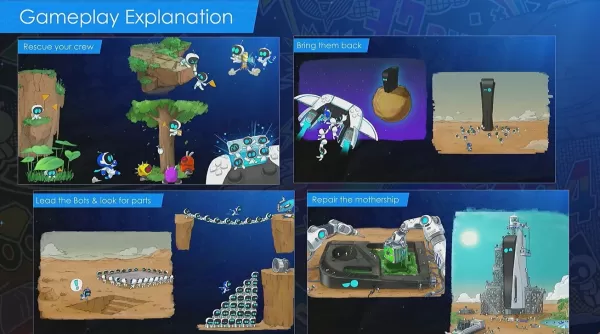
When it came to generating ideas, Doucet explained that Team Asobi employed extensive brainstorming sessions. They formed small, interdisciplinary groups of 5-6 people, who would jot down or sketch their ideas on sticky notes. This method led to a visually stunning brainstorming board, which Doucet proudly displayed during his talk.
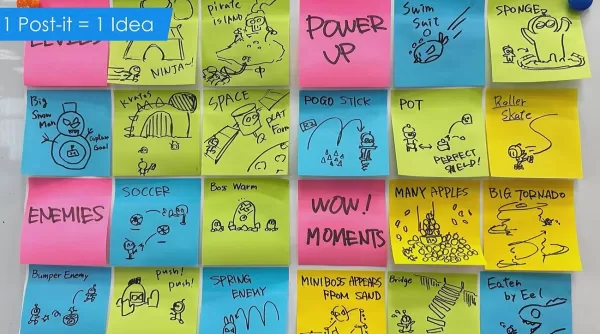
However, not all ideas progressed to the prototyping stage, with only about 10% of the brainstormed concepts being developed into prototypes. Doucet emphasized the importance of prototyping across all departments, not just game design. He shared an example of audio designers creating a theater within Astro Bot to experiment with haptic controller vibrations corresponding to various sound effects, such as different door opening and closing sounds.
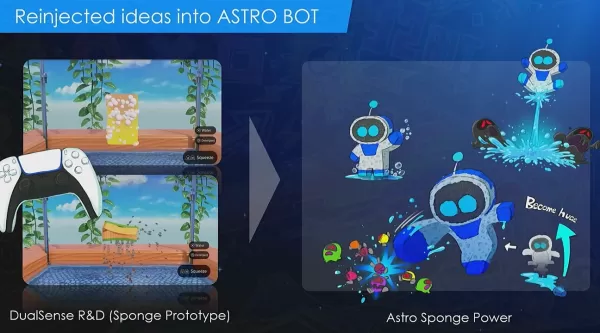
Prototyping was so crucial to the team that a few programmers were dedicated solely to experimenting with non-platforming ideas. This approach led to the development of Astro Bot's iconic sponge mechanic, which utilized the adaptive trigger for a unique squeezing action that was both fun and engaging, ultimately making its way into the final game.

Doucet showcased a range of prototypes, including the balloon and sponge that made it into the game, alongside others like a tennis game, a walking wind-up toy, a roulette wheel, a coffee grinder, and more, which did not.
He also delved into how levels were chosen and designed around specific mechanics. The goal was to ensure that each level offered unique gameplay experiences, avoiding redundancy. While it was acceptable to reuse power-ups across levels, Doucet stressed that their implementation had to be sufficiently different to maintain the level's distinctiveness. He cited the example of a cut level themed around bird flights, which was deemed too similar to existing levels featuring the monkey power-up, leading to its removal.
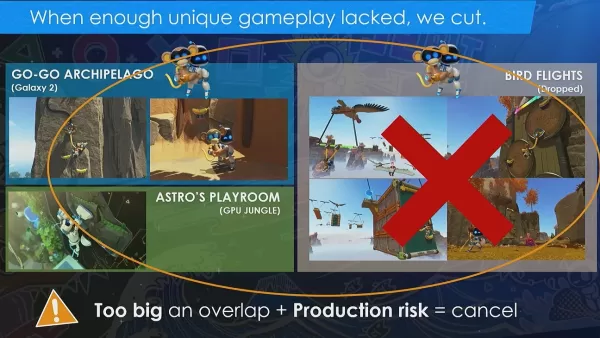
**Spoiler Alert for the final scene of Astro Bot:** In the game's closing scene, players reassemble a broken Astro Bot with the help of other bots. Initially, Doucet shared that the scene was much more drastic, with players receiving only Astro's torso without any limbs or head. This approach upset some testers, prompting a change to the more intact version seen in the final release.
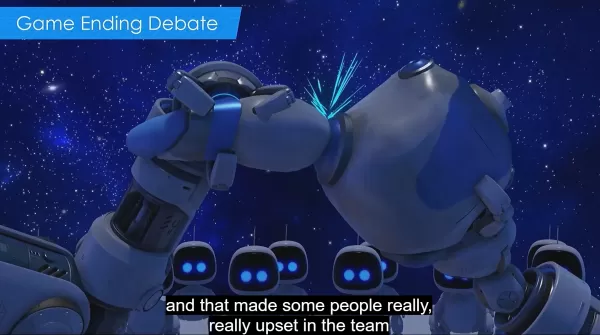
Doucet's presentation was filled with fascinating insights into the development of Astro Bot, a game we rated 9/10 in our review, praising it as "A fantastically inventive platformer in its own right, Astro Bot is particularly special for anyone with a place in their heart for PlayStation."

